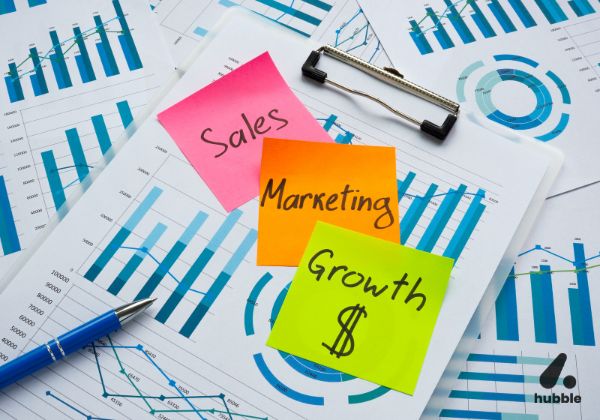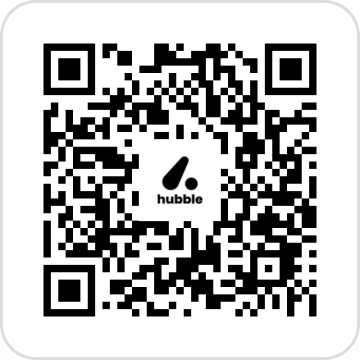Leaderboards that Work: Gamification without the Gimmicks


Why Most Leaderboards Flop And What Great Ones Get Right
Gamification has had a bad run.
Mention leaderboards in a sales sync, and you'll hear a groan. Someone remembers a jarring dashboard with cartoon trophies. Someone else recalls a contest where the same top three names never changed. And someone, quietly, has already stopped listening.
The problem isn’t with gamification. It’s with how most teams apply it: superficial mechanics, overused visuals, and uninspired goals.
At its best, gamification doesn’t distract—it drives. It doesn’t make work feel like a game. It makes progress feel visible, earned, and energising.
The right leaderboard can be a lens, not a gimmick. A system, not a sugar rush.
Where Gamification Falls Flat
Too many sales incentive programs confuse stimulation with structure. The result is quick engagement, fast fatigue.
Let’s look at what usually goes wrong:
- Volume over value: Rankings reward sheer numbers, ignoring deal quality, timing, or customer feedback.
- Winner-takes-all logic: Once the top spot is out of reach, others stop trying.
- No refresh cycle: Monthly or quarterly boards stay static for weeks, demotivating the majority.
- One-dimensional scoring: All activities are treated equally. One cold call = one demo = one email reply. But do they really carry the same weight?
According to a study by Zippia, 69% of employees say they’d work harder if they felt their efforts were better appreciated, and research by Deloitte shows that companies with recognition programs are highly effective at improving employee engagement, and have 31% lower voluntary turnover.
These figures highlight the disconnect between how incentives are typically structured and what actually drives long-term motivation.
Gamification isn’t broken. But it does need better design.
Reframing the Leaderboard: Design for Behaviour, Not Just Results
If we reframe gamification as a motivational architecture, we shift the purpose entirely.
It’s no longer about badges. It’s about building structures that encourage momentum. It’s about creating visibility that feels personal, not performative.
It encourages reps to reflect, adjust, and engage in a way that feels empowering rather than exhausting, especially when recognition is part of the system’s DNA. And it allows managers to shape behaviour patterns with intention, not just react to lagging indicators.
Take this case:
A 2023 B2B Sales Benchmark Report by Ebsta found that one B2B SaaS company focused on building great engagement with key personas at specific stages.
By benchmarking historical performance and setting targets, the company improved its sales velocity by 162% and saw 31% more salespeople achieve quota. This shift from static leaderboards to targeted activity tracking resulted in a meaningful uplift in performance.
The takeaway: design rules that reward the right rhythm.
How to Write a Creative Brief for a Better Leaderboard
Designing gamification isn’t just adding sparkles. It requires the same creative thinking you apply to a marketing campaign.
Here’s what to define:
- Audience: Are you motivating new joiners? Re-energising mid-level reps? Driving cross-functional initiatives?
- Desired Behaviours: What actions actually move the revenue or retention needle?
- Psychological Triggers: Recognition, competition, autonomy, or community?
- Refresh Logic: How often does the board reset? Can underdogs rise again?
- Visibility Plan: Where will this be seen? Email? Sales huddles? Embedded in the CRM?
The point is: gamification is a creative act. And great design works when it understands human motivation as well as it understands targets.
The Hubble Advantage: Gamification That Performs, Not Just Entertains
Traditional sales tools treat gamification as a decoration. A module. A plugin.
Hubble doesn’t.
Hubble builds an incentive infrastructure that allows sales leaders to:
✅ Run multi-layered leaderboards based on behaviours, outcomes, and quality metrics
✅ Rotate challenge types weekly from peer nominations to deal velocity contests
✅ Automate resets, so every Monday starts fresh
✅ Integrate real-time nudges and recognition without manual effort
✅ Analyse engagement and participation alongside deal success
And crucially, adapt incentives like marketers, not just finance teams.
"With Hubble, we stopped treating gamification as a one-size overlay. Now, it’s a dynamic system that aligns with how our team thinks and works." — Growth Lead, EdTech Sales Team
Takeaway
Leaderboards that work don’t just count. They connect.
When done right, they reflect the pace and priorities of your business. They tell your team what matters. And they offer a new shot at momentum every week.
Gamification isn’t a trick. It’s a signal.
It says: We see your effort. We value your momentum. And we’re building a system that helps you grow.
Ready to build a leaderboard that drives performance, not just participation?








































































